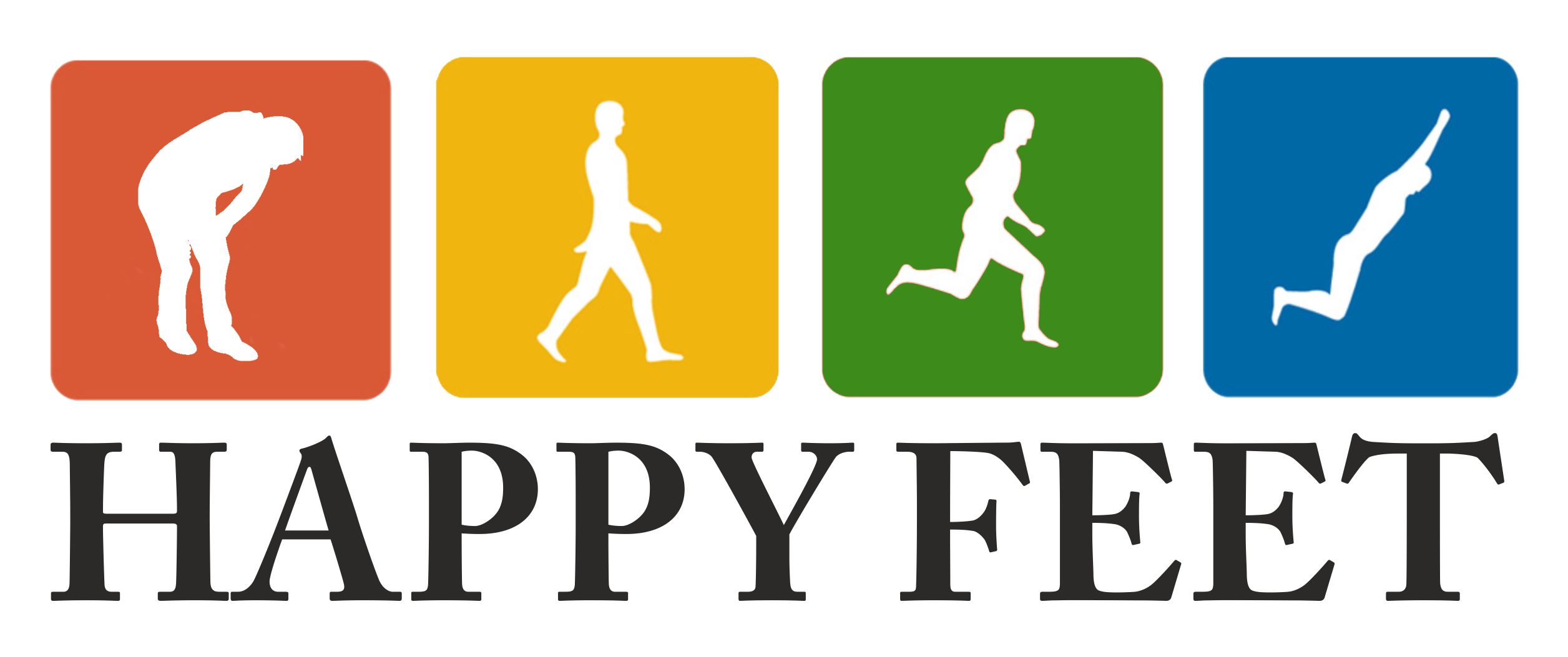Mate Arch Supports
 The Mate is the foot’s best buddy, which is why we have named it the “Arch Mate.” Much like a best friend, the Mate provides just enough support, without being overbearing. The Mate is formed in the same mold as the Classic, but is sculpted of a more pliant rubber compound, which allows for more flexion under the foot during gait. Because it is so flexible, the Mate is an ideal break-in product for those with sensitive feet, or health issues that complicate the break-in process of the more supportive members of the Exerciser family.
The Mate is the foot’s best buddy, which is why we have named it the “Arch Mate.” Much like a best friend, the Mate provides just enough support, without being overbearing. The Mate is formed in the same mold as the Classic, but is sculpted of a more pliant rubber compound, which allows for more flexion under the foot during gait. Because it is so flexible, the Mate is an ideal break-in product for those with sensitive feet, or health issues that complicate the break-in process of the more supportive members of the Exerciser family.
Flexibility: Flexible
The Mate is so supple that it makes a great companion for some of the tighter styles of dress shoes, or those easy-going days of relaxation in a favorite pair of house shoes.
Though it supports all four arches in each foot, the Mate’s elasticity is not well-suited for long-term support needs, as it is designed to provide comfort instead of powerful realignment.
What’s in a Mate?
“Stability Web”
The underside of the Mate features a sturdy pattern of connected squares, which we call a “Stability Web.” These thick squares are positioned under the forefoot of the support, to help stabilize the support while the foot walks.
What Does It Do, And How Can It Help?
The Mate’s square Stability Web helps to prevent unnecessary side-to-side motion of the foot during gait. The Mate is flexible enough to give gently under pressure, and the Stability Web on the back of the Mate flexes enough to provide freedom to flatter or more sensitive feet.
Metatarsal Rise
The “front” end of the Mate features what looks like a miniature pitcher’s mound. This is called the “metatarsal rise,” and it is particularly effective at taking pressure off the ball of the foot, the toes, and the heel.
What Does It Do, And How Can It Help?
By properly supporting the metatarsal arch, the metatarsal rise lifts up the bones in the ball of the foot, effectively preventing them from hitting the ground too hard every time the foot pushes off for a step. This means that the metatarsal rise in the Mate can help relieve some pain caused by pressure in the ball of the foot, and also distribute body weight away from corns, calluses, and other painful problems in the ball of the foot. Because the Mate is so flexible, its metatarsal rise feels slightly more prominent than that in more rigid Exerciser arch supports, but this sensation subsides during the break-in period.
Heel Cup
The heel cup is a cup-like indentation at the heel end of the Mate. It is designed to gather the fat pad beneath the heel, to help absorb the “step shock” that courses through the body every time each heel strikes the ground.
What Does It Do, And How Can It Help?
Every step your foot takes begins when the heel makes contact with the ground, which is called “heel strike.” When the heel strikes the ground, up to three times the body’s weight can be exerted on the bones and tissues of the heel. This puts the heel under tons of stress, especially if it is not properly supported. The Mate’s heel cup is designed to help cushion and properly align the heel, thereby reducing the stress of each step.
A stable heel is the foundation of a stable body. If a heel is striking the ground at an angle, or rolling too much to one side during gait, it can cause imbalances throughout the entire foot, ankle, knees, and eventually through the entire body. By supporting the heel, the Mate can help align each step, starting with heel strike.
Inner And Outer Longitudinal Arch Support
The Mate also features support for the inner and outer arches of the feet. These are designed to stabilize the foot during gait, to help prevent it rolling inward or outward with each step.
What Does It Do, And How Does It Help?
By supporting all four arches of the foot, the Mate helps to properly distribute pressure through the entire foot, thereby preventing any one part of the foot from taking on too much pressure. This can help alleviate pain in areas of the foot that are straining under too much stress.
As part of a complete Good Feet Arch Support System, the Mate is ideal for:
-
- Walking
-
- Weightlifting
-
- “Hanging out” around the house
-
- Working (boots, shoes, etc.)
-
- Standing all day
- Non-running exercise
